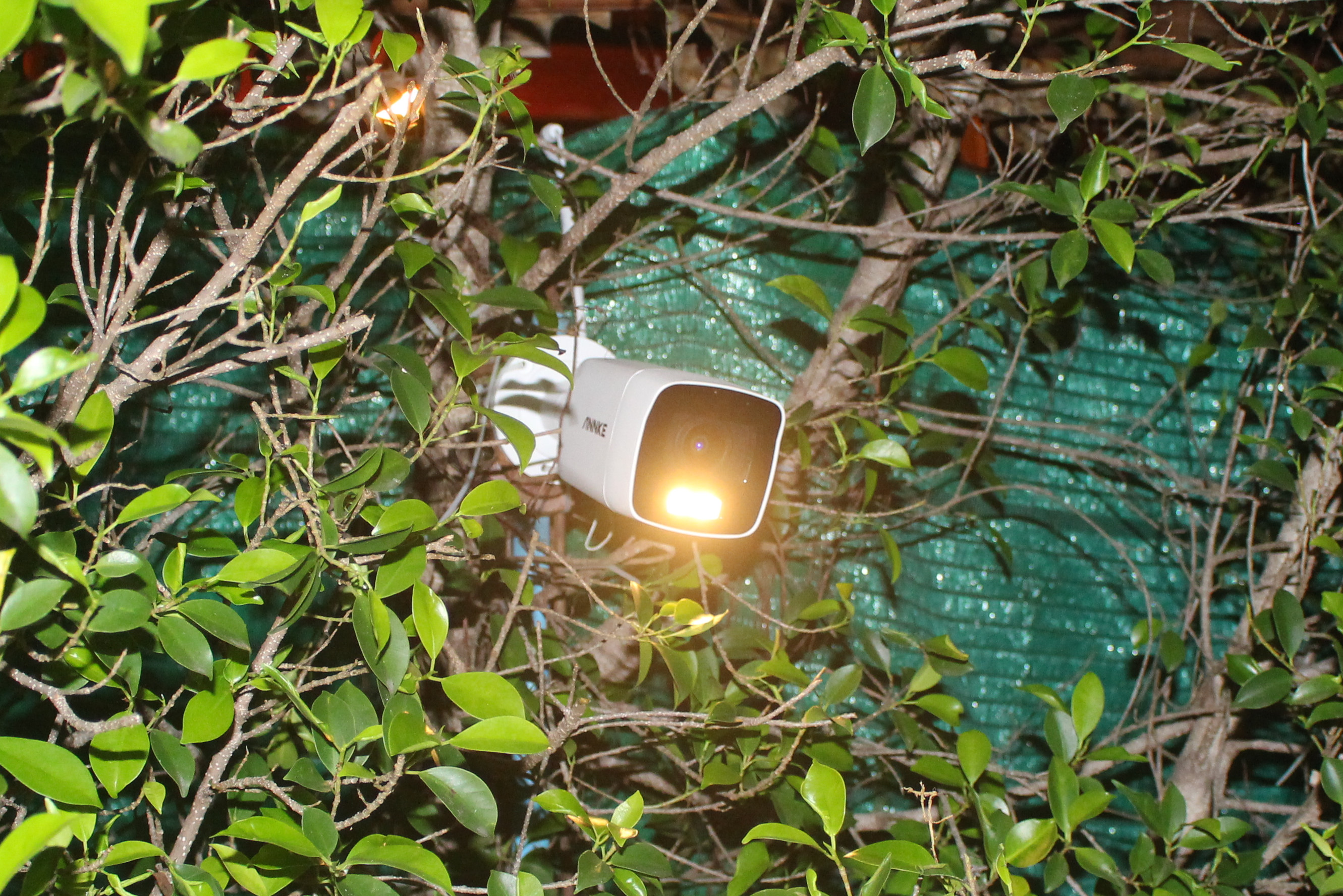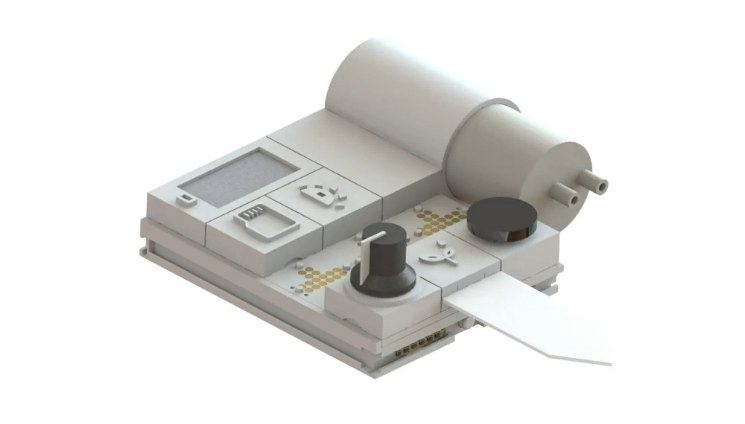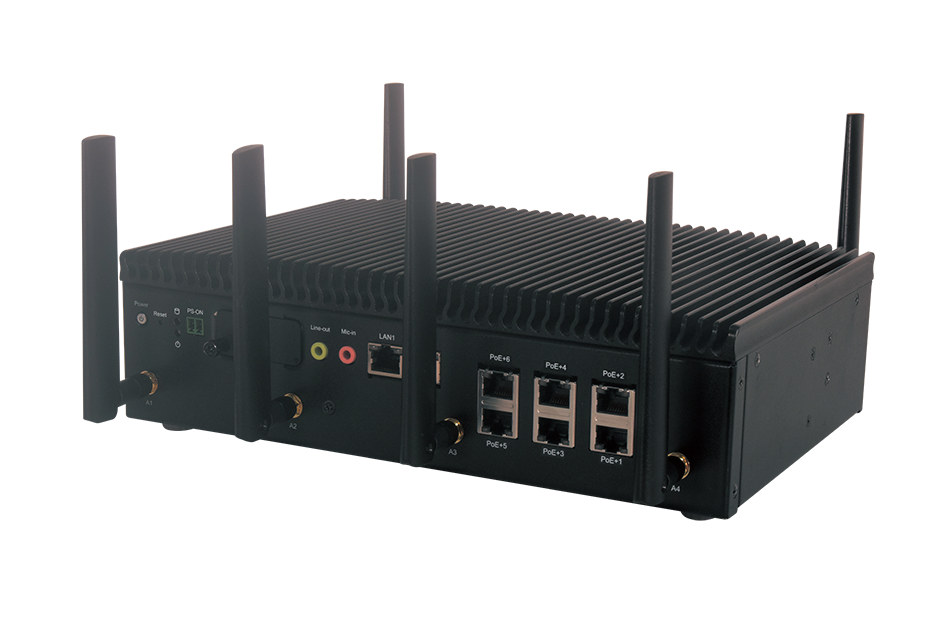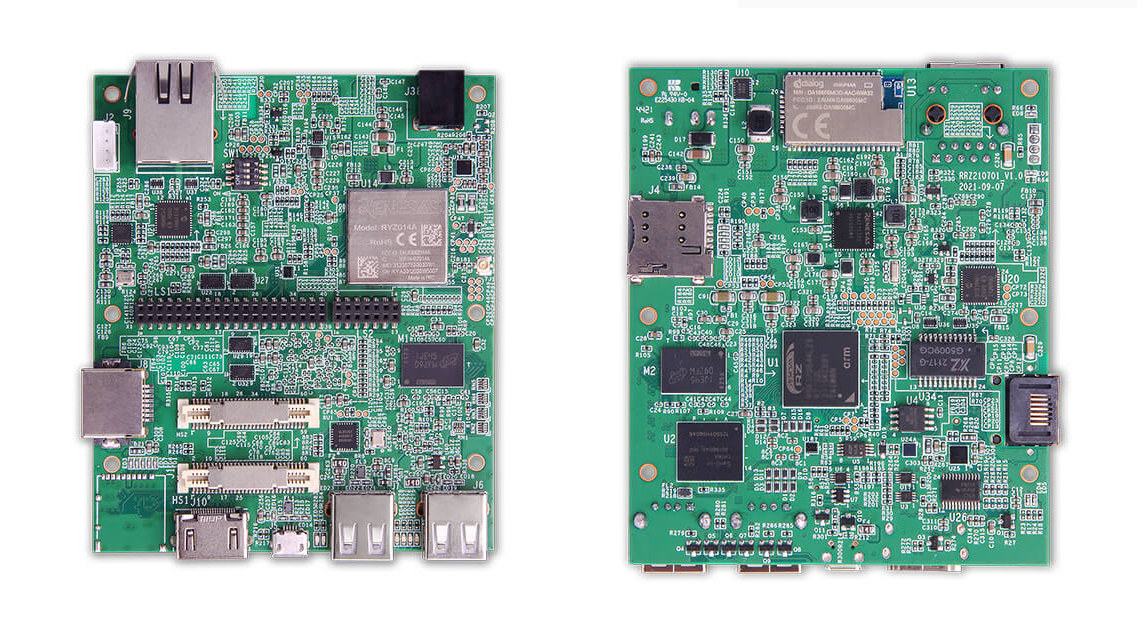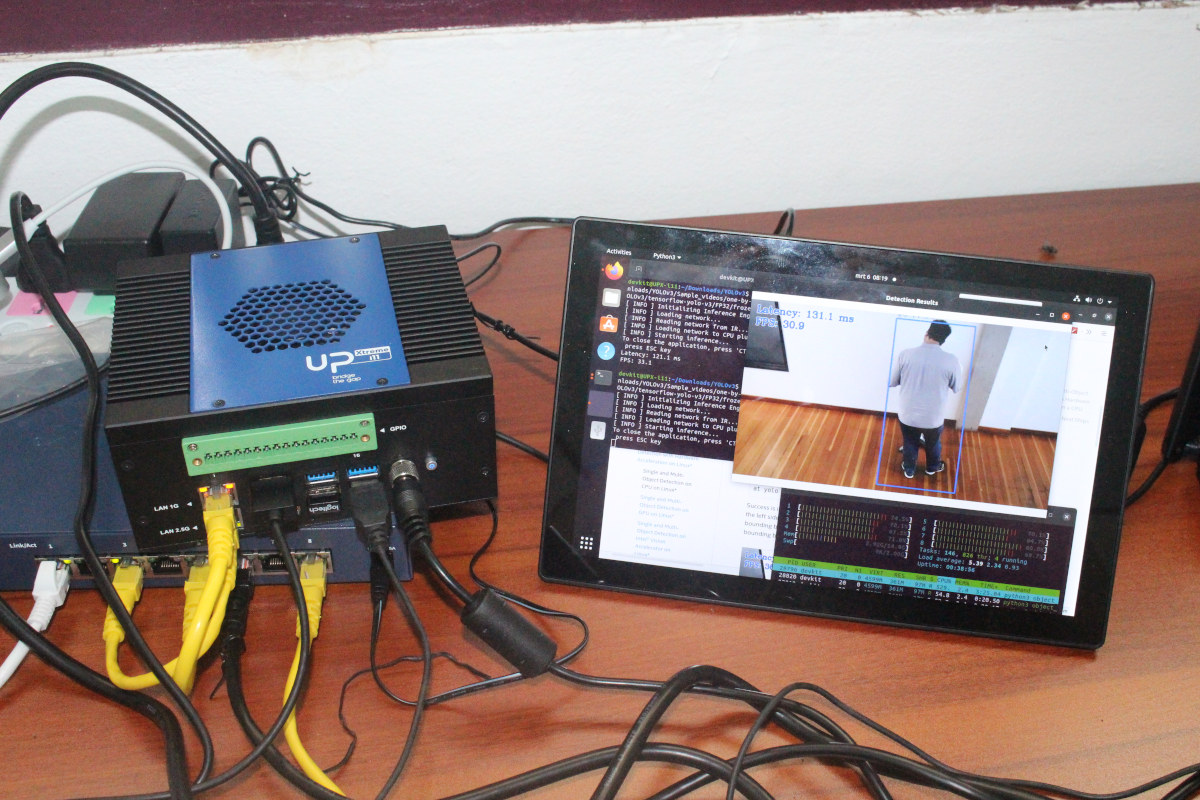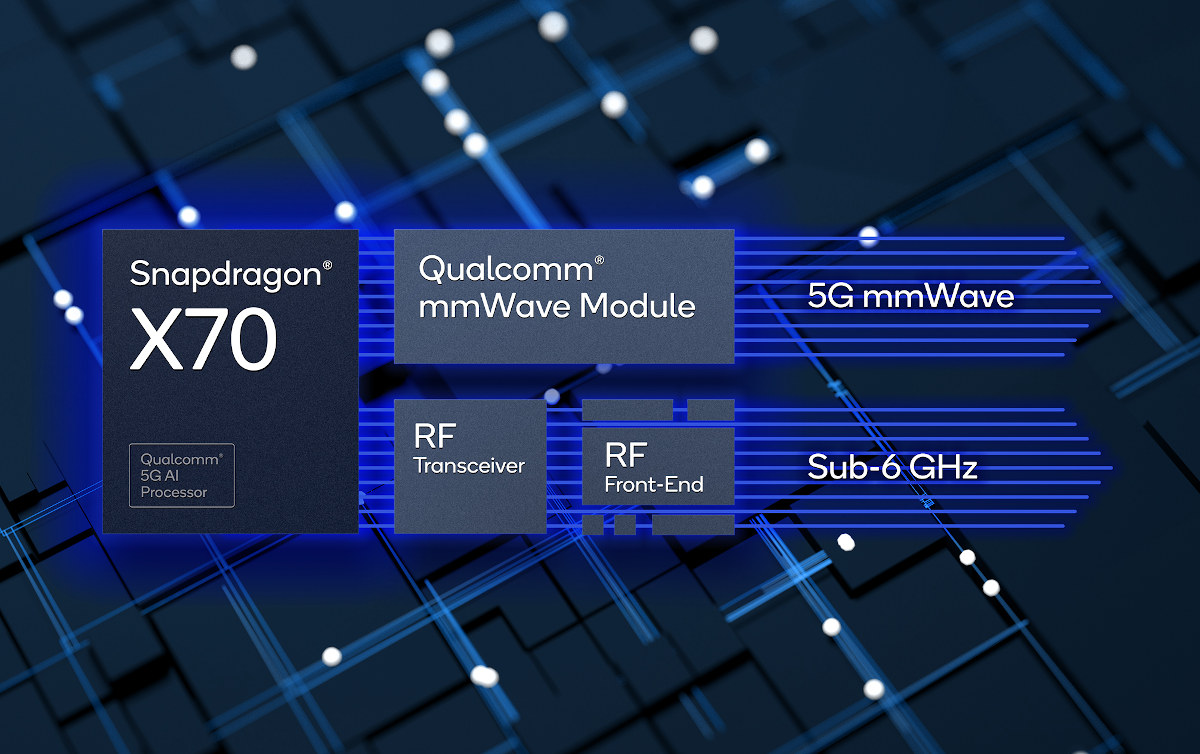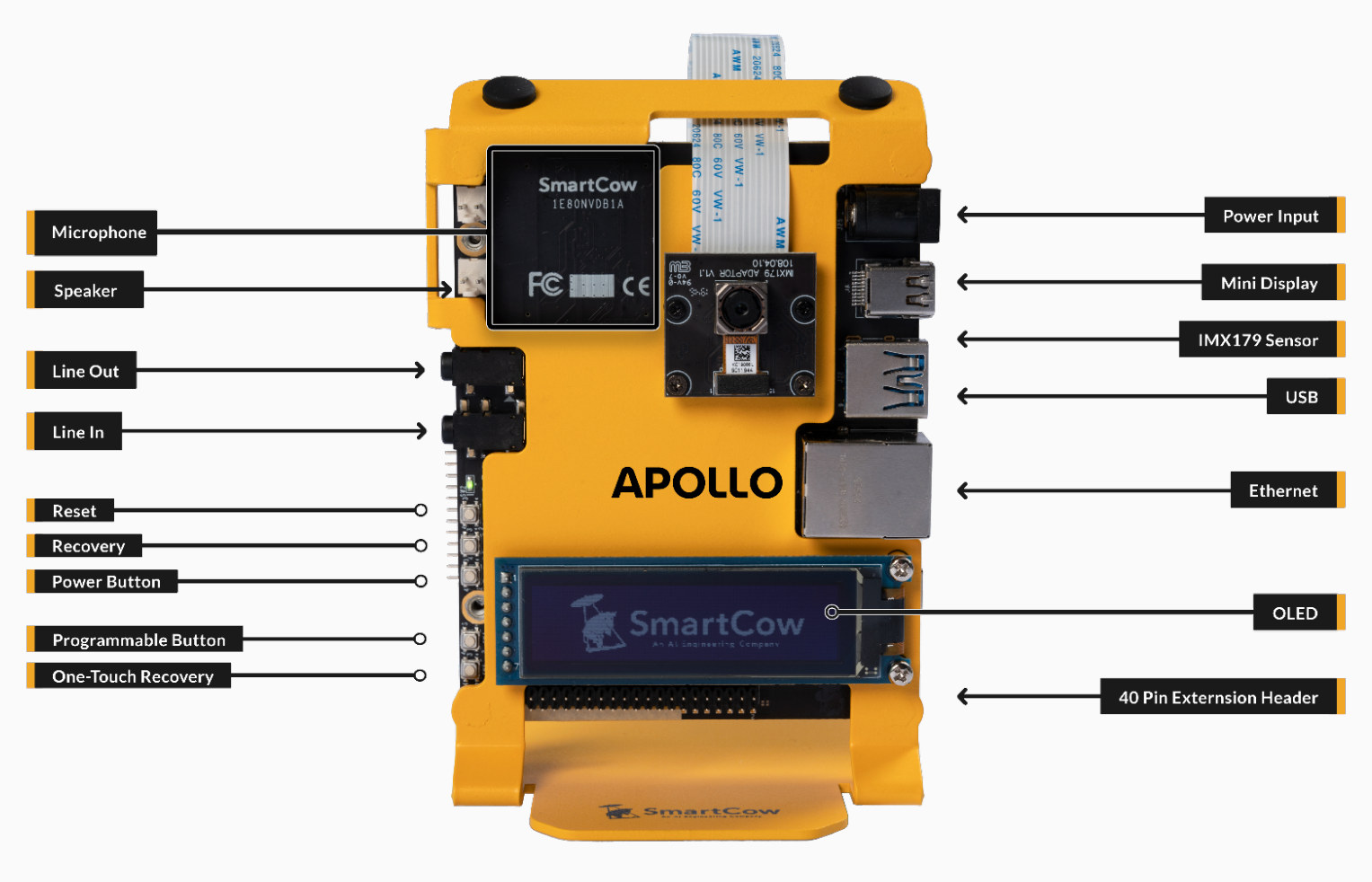I started the review of ANNKE NC800 security camera with color night vision last month by checking out the specifications and package content. I’ve now had time to install and test the camera with a focus on night image quality and person and vehicle detection. ANNKE NC800 installation The camera should be powered by a PoE injector, but since I don’t have any spare one, I just used an Ethernet cable and a 12V power supply. The kit includes bits to make sure the Ethernet cable is waterproof, but I would have had to cut the plastic bit on top of my connector, so I skipped that part. The cable is also protected from rain and sun where I’ll install it. I also installed a MicroSD card after formatting it to FAT32 to make sure it is recognized by the system, but it may not be necessary as the card […]
Pockit modular Linux computer gets a Raspberry Pi CM4 upgrade
We first wrote about the Pockit modular Linux computer with hot-plugging magnetic blocks about a year ago. The system was based on a STM32+ESP32 mainboard with a socket for an optional Raspberry Pi Compute Module 3 and included magnets and electrical contacts to snap and hot-plug modules/blocks while the computer is running. The developer (Anil Reddy) has made good progress with the project and added the option to use a Raspberry Pi CM4 with Pockit (provided you can find one) to improve performance, for example for computer vision. Other changes include support for AI accelerators, an improved dashboard, home automation integration, and more. Pockit now supports over 80 feature BLOCKS ranging from a rotary encoder to a microSD card reader to various camera types, an HDMI block, AI accelerators, and so on. All of which can be magnetically snapped while the computer is running, and automatically detected in the dashboard. […]
Lanner IIoT-I530 machine vision industrial PC comes with 6x PoE+ ports, dual 2.5GbE
Lanner IIoT-I530 is a fanless machine vision IPC (Industrial PC) powered by a choice of Intel Tiger Lake UP3 processors and equipped with six PoE+ or LAN ports for IP cameras, as well as two 2.5GbE ports. The embedded computer also comes with up to 64GB DDR4 RAM, two COM Ports, four USB 3.0 ports, dual HDMI output, digital inputs and outputs, as well as M.2 sockets for WiFi 6 or/and 5G connectivity, plus NVMe SSD storage. Lanner IIoT-I530 specifications: SoC – 11th Gen Intel Core Tiger Lake UP3 up to Core i7-1185GRE quad-core CPU @ 1.8 GHz / 4.4 GHz (Turbo) with Intel Iris Xe Graphics System Memory – Up to 64GB DDR4 3200 RAM via 2x 260-pin SO-DIMM sockets Storage 1x SATA with 2.5-inch drive bay for SSD/HHD 1x mSATA socket, 1x M.2 M-Key 2280 PCIe Gen4 x4 socket for NVMe SSD 256Mbit SPI Flash for AMI BIOS […]
Picovoice on-device speech-to-text engines slash the requirements and cost of transcription
Picovoice Leopard and Cheetah offline, on-device speech-to-text engines are said to achieve cloud-level accuracy, rely on tiny Speech-to-Text models, and slash the cost of automatic transcription by up to 10 times. Leopard is an on-device speech-to-text engine, while Cheetah is an on-device streaming speech-to-text engine, and both are cross-platform with support for Linux x86_64, macOS (x86_64, arm64), Windows x86_64, Android, iOS, Raspberry Pi 3/4, and NVIDIA Jetson Nano. Looking at the cost is always tricky since companies have different pricing structures, and the table above basically shows the best scenario, where Picovoice is 6 to 20 times more cost-effective than solutions from Microsoft Azure or Google STT. Picovoice Leopard/Cheetah is free for the first 100 hours, and customers can pay a monthly $999 fee for up to 10,000 hours hence the $0.1 per hour cost with PicoVoice. If you were to use only 1000 hours out of your plan that […]
Renesas RZ/G2L or RZ/V2L AI development board comes with built-in LTE Cat M1 modem, 96boards form factor
Geniatech “AHAURA” RS-G2L100 / “AKITIO” RS-V2L100 is a Renesas RZ/G2L and RZ/V2L Cortex-A55/M33 development board that follows 96boards CE Extended v2.0 form factor, and is equipped with a Renesas LTE Cat M1 modem. Both RZ/G2L and RZ/V2L processors are basically the same, but the latter adds the “DRP-AI” (dynamically reconfigurable processor) AI accelerator for computer vision applications. The board also comes with up to 4GB RAM, two Gigabit Ethernet ports, a wireless WiFi and Bluetooth module, as well as Full HD HDMI video output, plus some USB ports, and the usual low-speed and high-speed expansion connectors from the 96Boards standard. Geniatech AHAURA RS-G2L100 and AKITIO RS-V2L100 specifications: SoC – Renesas RZ/G2L or RZ/V2L with dual-core Cortex-A55 processor @ 1.2 GHz, Arm Cortex-M33 core @ up to 200 MHz, Arm Mali-G31 GPU, and DRP-AI vision accelerator (RZ/V2L only) System Memory – 4GB (default) or 8GB LPDDR4 Storage – 8GB, 16GB, 64GB, […]
UP Xtreme i11 mini PC review with Ubuntu 20.04, Edge Insights for Vision
UP Xtreme i11 is both a single board computer and a mini PC powered by an Intel Tiger Lake processor and designed for industrial edge applications. I received the one sample of the mini PC called “UP Xtreme i11 Edge Compute Enabling Kit” last December based on an Intel Core i7-1185GRE processor, fitted with 16GB RAM, a 128GB SSD, and pre-loaded with Ubuntu 20.04 operating system. I’ve now had more time to play with the system, and I’ll report my experience with Ubuntu 20.04 and Edge Insights for Vision, a computer vision framework that’s part of the getting started guide. The latter was missing from my package possibly because customs opened the package, and forgot to put it back in. The most important part is “devkit” is used as username and password. Software for UP Xtreme i11 and Fan Control While Ubuntu 20.04 is pre-installed on the mini PC, it’s […]
Snapdragon X70 5G modem leverages “AI” to reach 10 Gbps
Qualcomm has announced their latest 5G modem with the Snapdragon X70 that is said to “uses the power of AI” to enable 5G speeds up to 10 Gbps, wider coverage, low latency, and higher power efficiency. The company explains the Qualcomm 5G AI Suite enables AI-powered optimizations of sub-6 GHz and mmWave 5G links on the Snapdragon X70 through various techniques: AI-based channel-state feedback and dynamic optimization AI-based mmWave beam management for superior mobility and coverage robustness AI-based network selection for superior mobility and link robustness AI-based adaptive antenna tuning for up to 30% improved context detection for higher average speeds and coverage That’s about all the details we have about the “artificial intelligence” part, and I’m not convinced neural networks are actually used here. For reference, the previous generation Snapdragon X65 was also sold as a 10Gbps 5G modem, but maybe Snapdragon X70 can achieve high speeds more reliably. […]
SmartCow Apollo – A Jetson Xavier NX devkit for conversational AI, computer vision
SmartCow Apollo is an audio/video AI engineering kit based on NVIDIA Jetson Xavier NX computer module designed for applications with conversational AI capabilities, such as speaker recognition and sentiment analysis. But considering a camera is included, computer vision applications should also be possible. The development kit comes with a 128GB NVMe SSD, four microphones, two speaker terminals, two 3.5mm phone jacks, an 8MP camera module, and a 2.08-inch OLED display with everything housed in a frame that keeps the module and accessories like that camera upright. SmartCow Apollo specifications: NVIDIA Jetson Xavier NX system-on-module CPU – 6-core NVIDIA Carmel ARMv8.2 64-bit CPU with 6MB L2 and 4MB L3 cache GPU – NVIDIA Volta architecture with 384 NVIDIA CUDA cores and 48 Tensor cores Memory – 8 GB or 16GB 128-bit LPDDR4x Storage – 16 GB eMMC 5.1 flash Display 1x Mini DP port 7-pin SPI header for OLED display (included) […]


